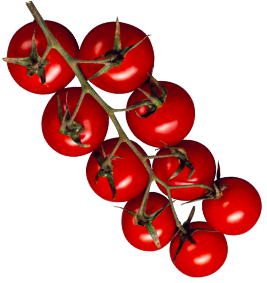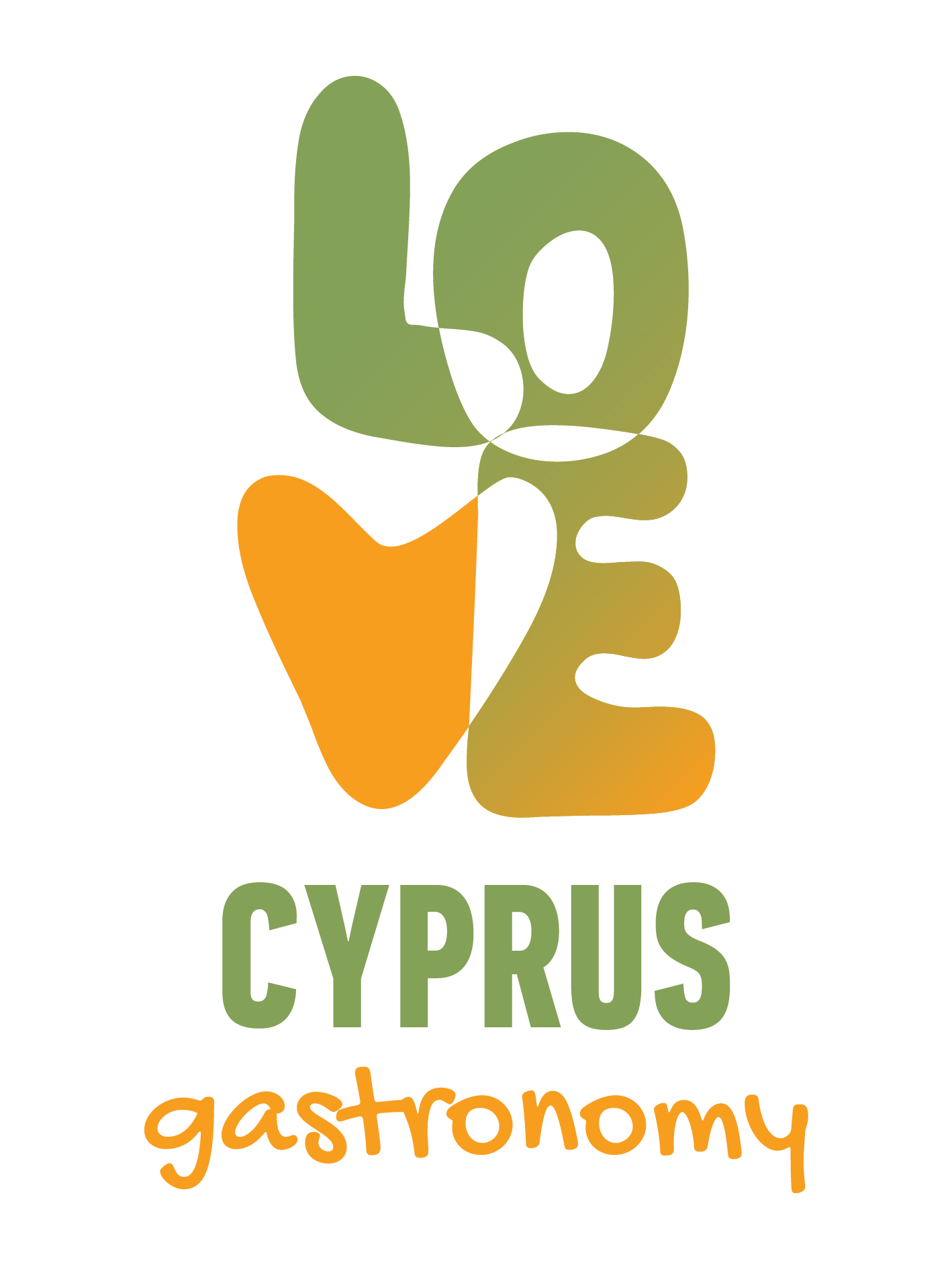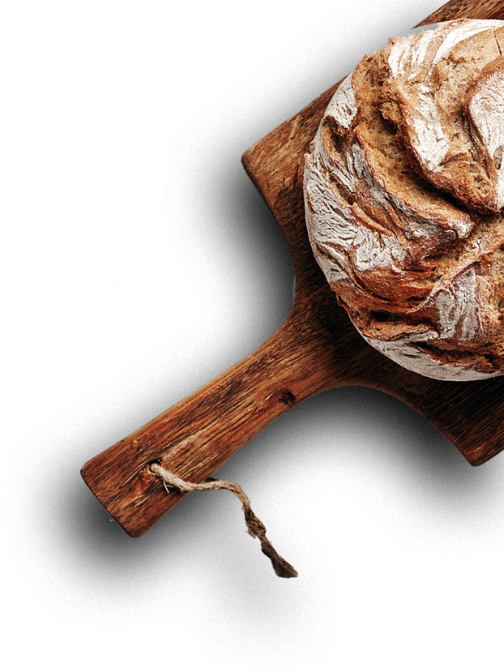
Cyprus Gastronomy
Cyprus’ gastronomy is tightly knit with the island’s culture and boasts distinct tastes & delicacies for any social occasion and feast. Entrenched with fresh local produce, Cyprus’ traditional local recipes range from hearty meat dishes and traditional cheese based delicacies to unique desserts and pastries, while the Cypriot cuisine can be described as an exotic blend of varying cultures. Cyprus’ favourable climate and potent land offers a culinary experience linked with the well-known wholesome Mediterranean diet.
Thus, the island’s cuisine is considered to be one of the healthiest thanks to its abundance of locally grown and bred produce such as olive oil, pulses, lean meat, local herbs and freshly grown fruits and vegetables. Here, you will find a selection of local produce, carefully selected to give you a ‘taste’ of what Cyprus’ gastronomy is made of.

Local Products
- Dairy Products
- Cold Cuts & Meat Products
- Baked Goods & Dough
- Sweets & Pastries
- Olive Oil & Products
- Fruits & Vegetables
- Nuts & Other Stuff
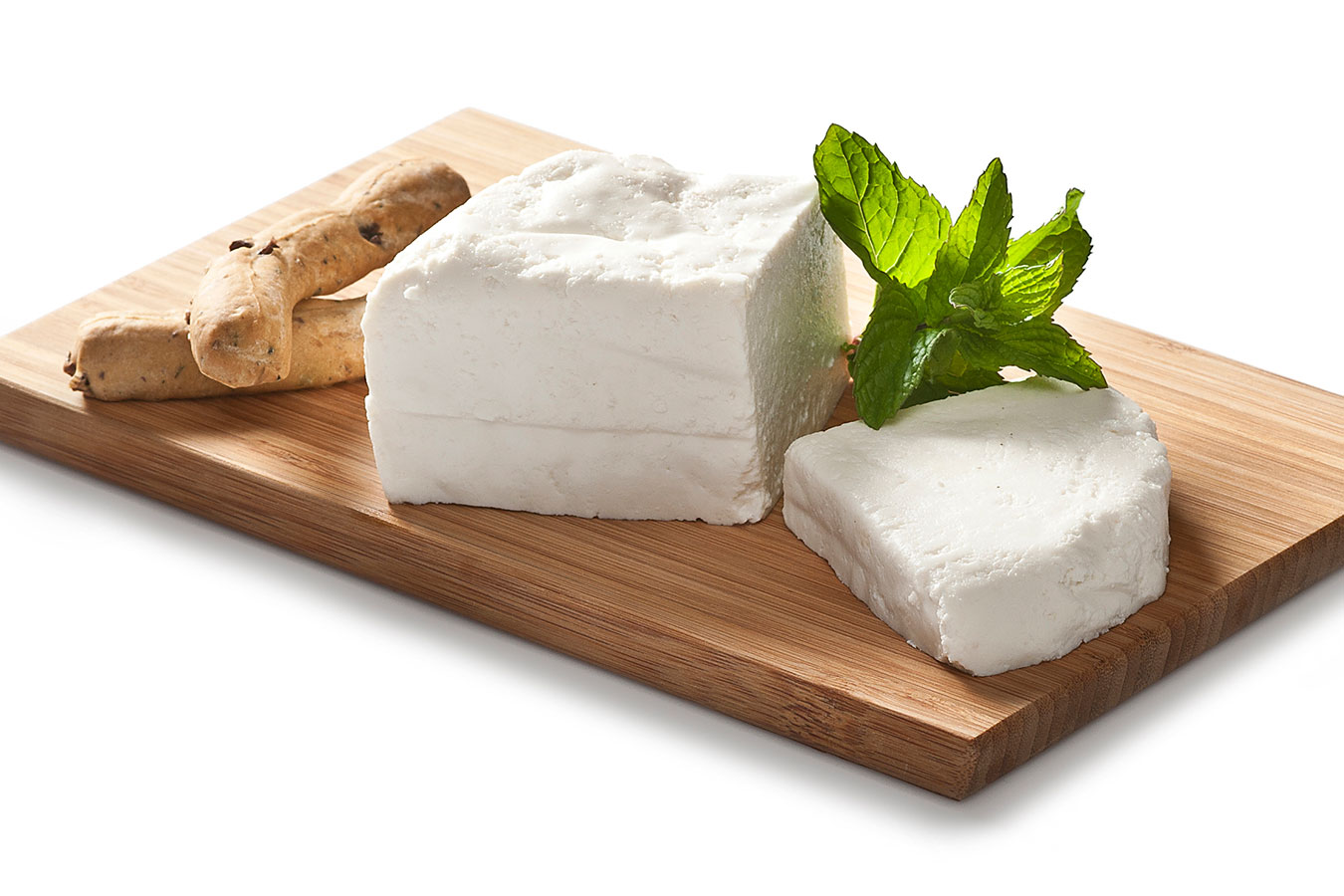
Anari
A soft cheese, sub product of halloumi. There are two kinds of anari; the unsalted one which is used in the making of traditional pies, and the salted one which most of the time is dried in order to last longer.
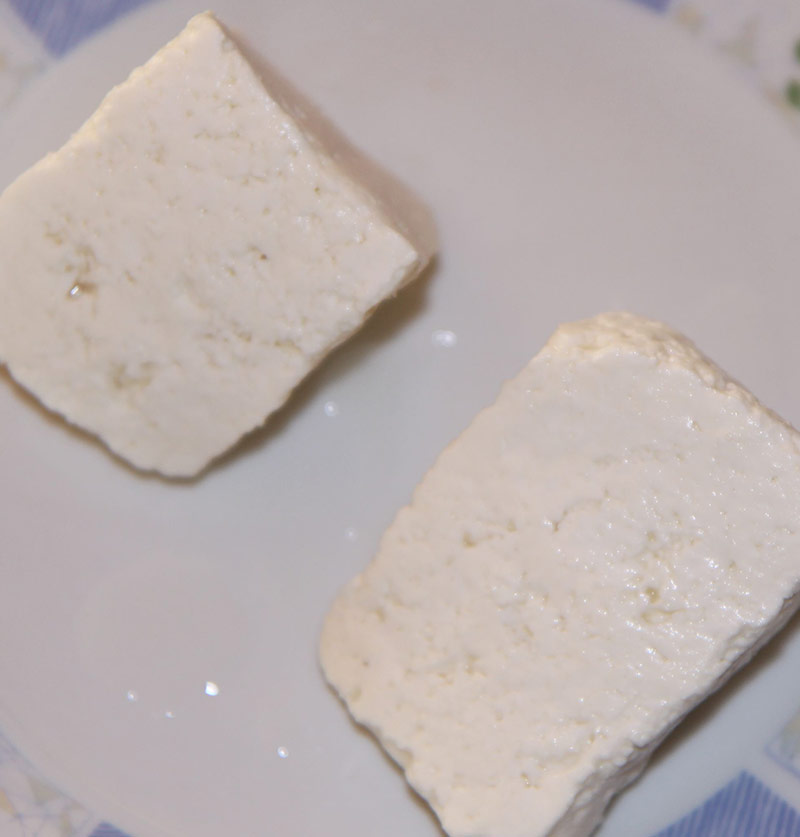
Halitzia Tilirias
A soft, white cheese with holes and sour taste. It is produced in the area of Tiliria and Tsakistras, from sheep’s or goat’s milk, or a mixture of them. It is consumed with fresh salads, with bread or alone, sprinkled with olive oil and oregano.

Halloumi Cheese
One of the most characteristic products of the Cypriot gastronomy, the production of which dates long back in time. It is the main type of white cheese (semi-hard) and holds a prominent position in the Cypriot cuisine. Sheep’s or goat’s and sometimes cow’s milk is used for its production. The more it ages, the more salty and tasty it gets. It is stored at high temperatures and it is consumed as it is, fried or grilled. It is combined with watermelon or lountza and it is served with Commandaria or other sweet wines. It accompanies pasta as well as soups.
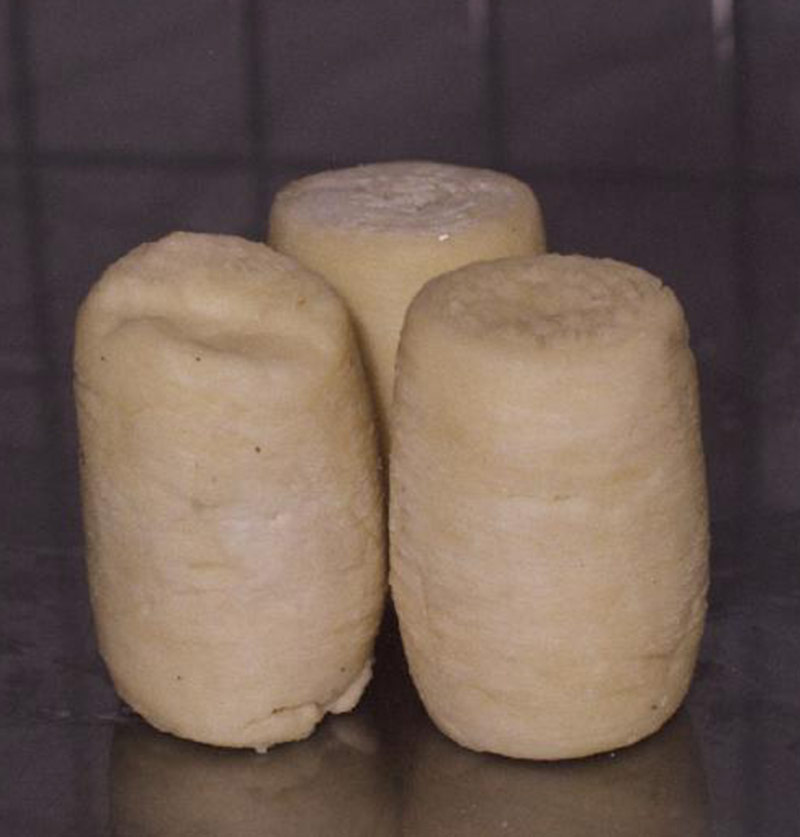
Pafos Cheese
Produced during Easter in the province of Paphos from sheep’s milk, goat’s milk or a mixture of them. It is hard and yellow on the outside, with the characteristic ribs of the vessel in which it matures. It is consumed with bread, but it is mainly used for the making of flaounes.
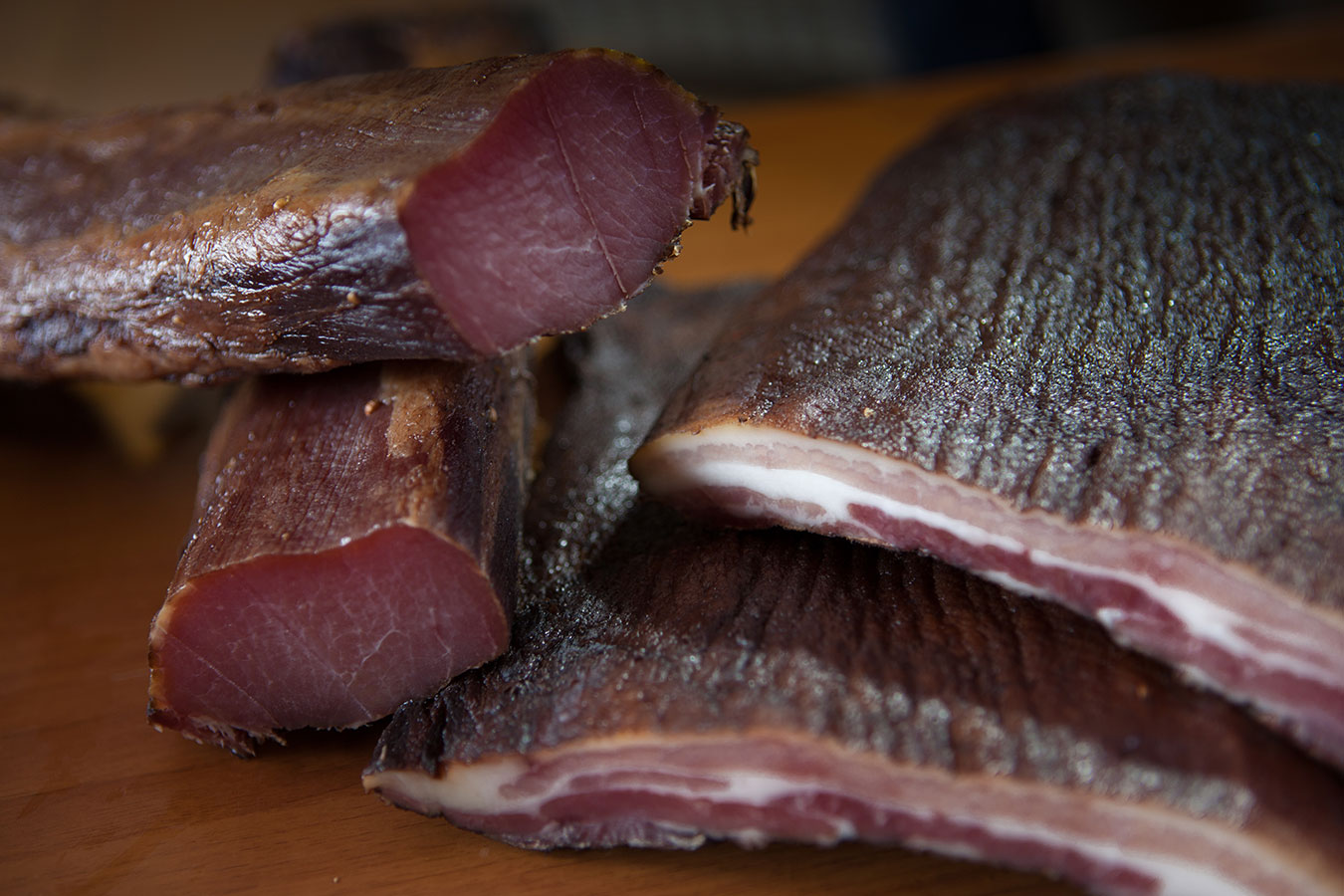
Hoiromeri, Posyrti and Lountza Pitsilias
Cold cults produced from pork. The pork matures in red local wine and then it is being smoked. They have dark color, strong scents of wine and smoke, and a slight salty taste. These products are usually produced in areas of high altitude, because the cold climate favors their conservation. The process of their production is almost the same for all of them; the only difference between them is the meat part used. Hoiromeri is consumed as meze as it is, yet lountza and posyrti are consumed fried or grilled and served mostly as an appetizer or in sandwiches.
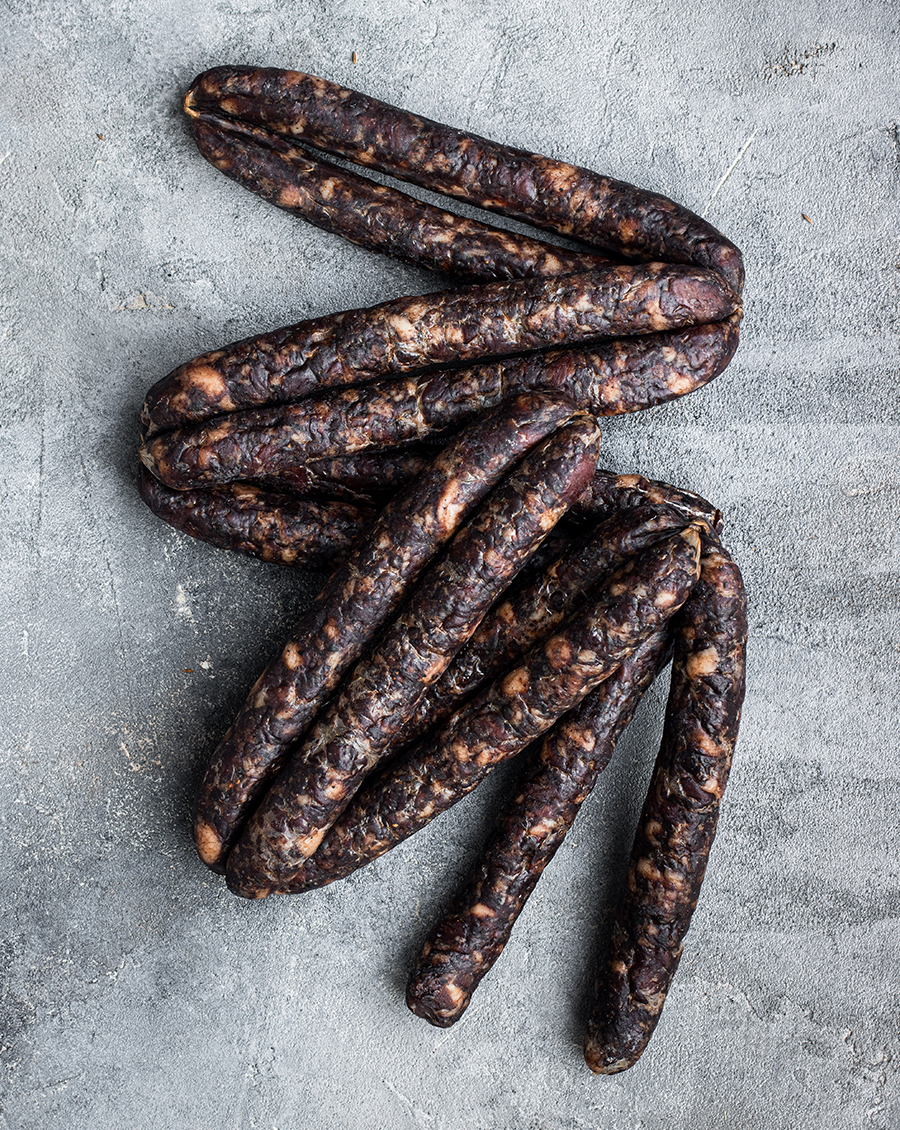
Pafos Sausage
Produced in the communities of the province of Paphos from pork mince that matures in red dry wine and is dried in the sun. It can be consumed fried or grilled, and may be combined with bread, tomato, cucumber, etc.
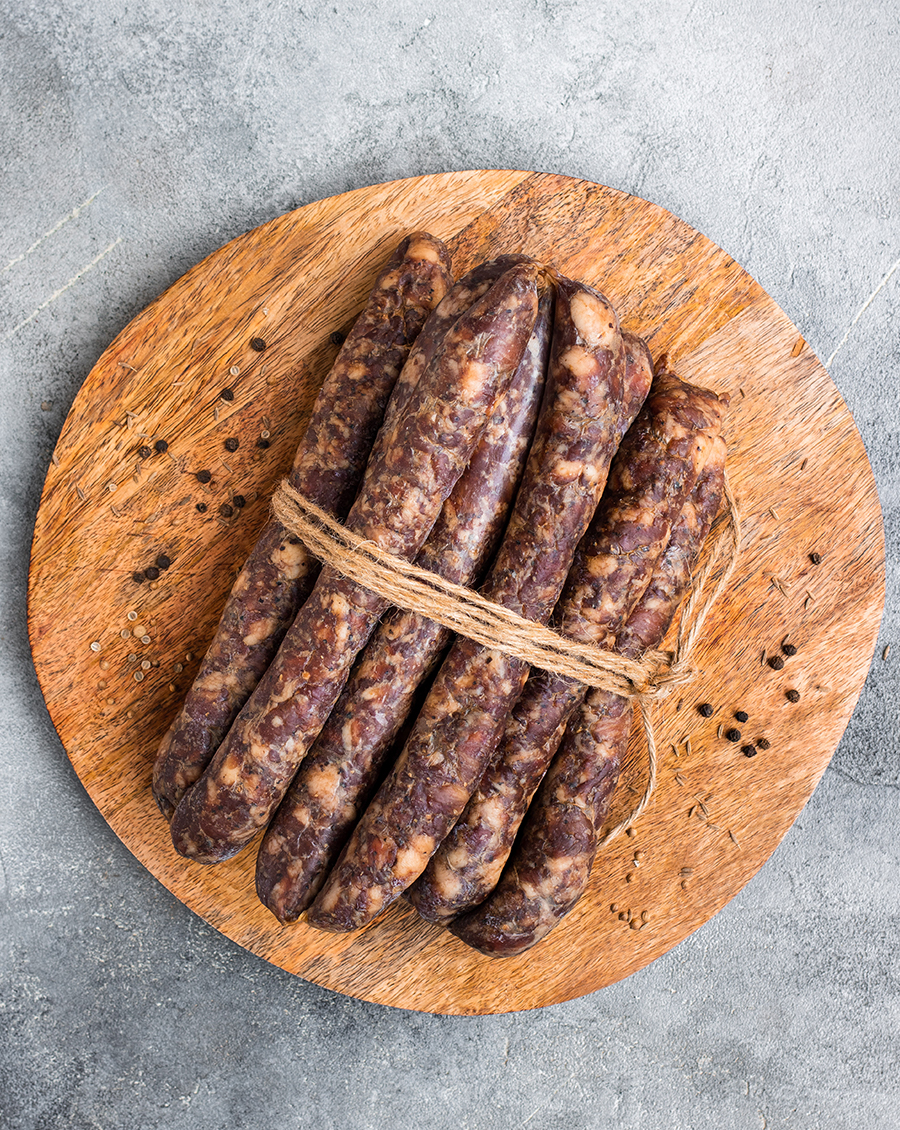
Pitsilia Sausage
Produced in the communities of Pitsilia from pork mince that matures in red local dry wine. Different spices are added, and the sausage is being smoked.
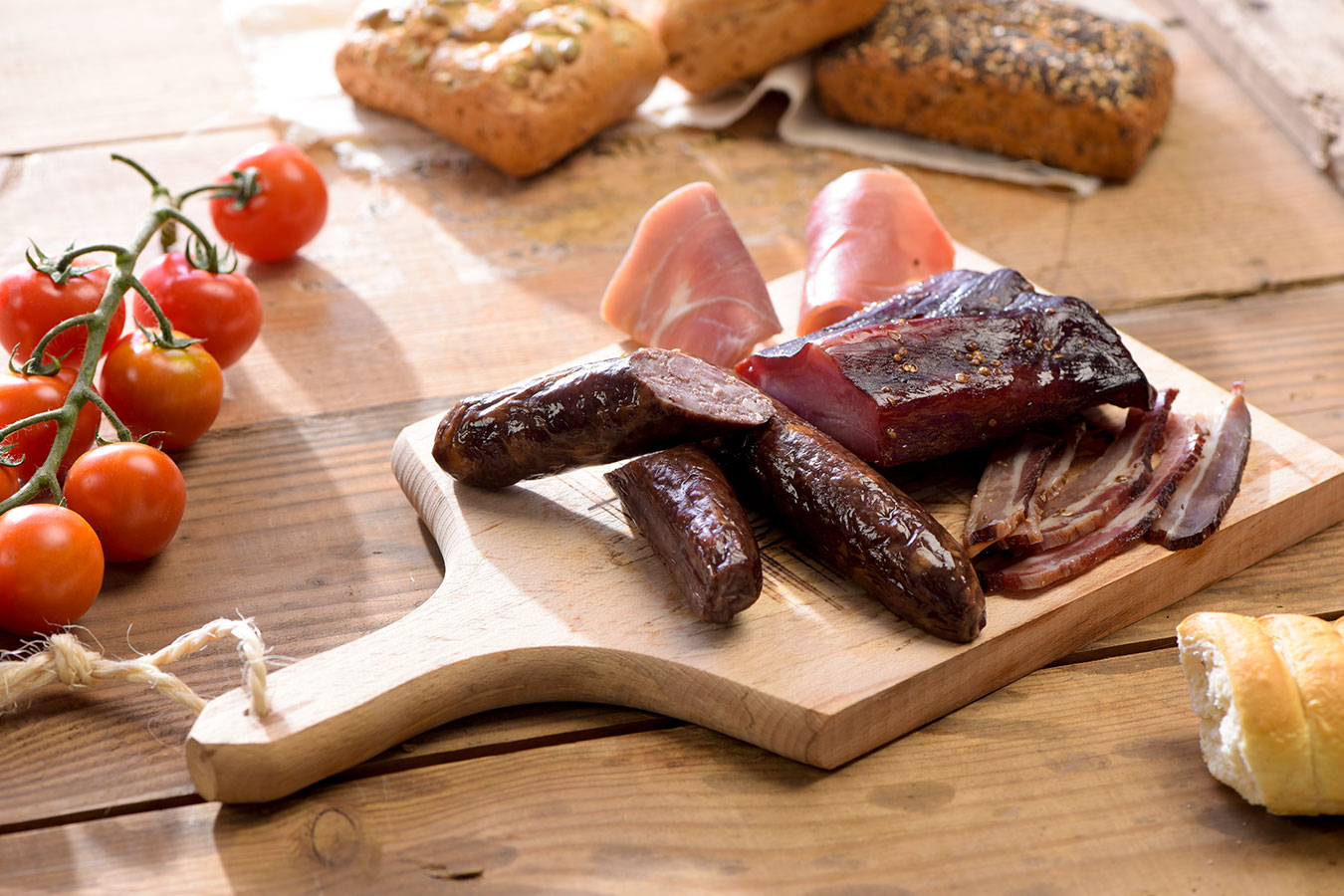
Traditional Cold Cuts
The main kinds of cold cuts are sausages, lountza, hoiromeri and posyrti, which are made from pork. Apohtin and tsamarella are cold cuts made from goat’s meat. Combined with a glass of wine or zivania, they constitute the ultimate Cypriot mezedes. Despite the fact that the traditional production of cold cuts is limited, in many rural communities people continue to produce them following the traditional way. Cold cuts used to be the main food for rural families. The absence of refrigerators led to seeking methods for meat conservation.
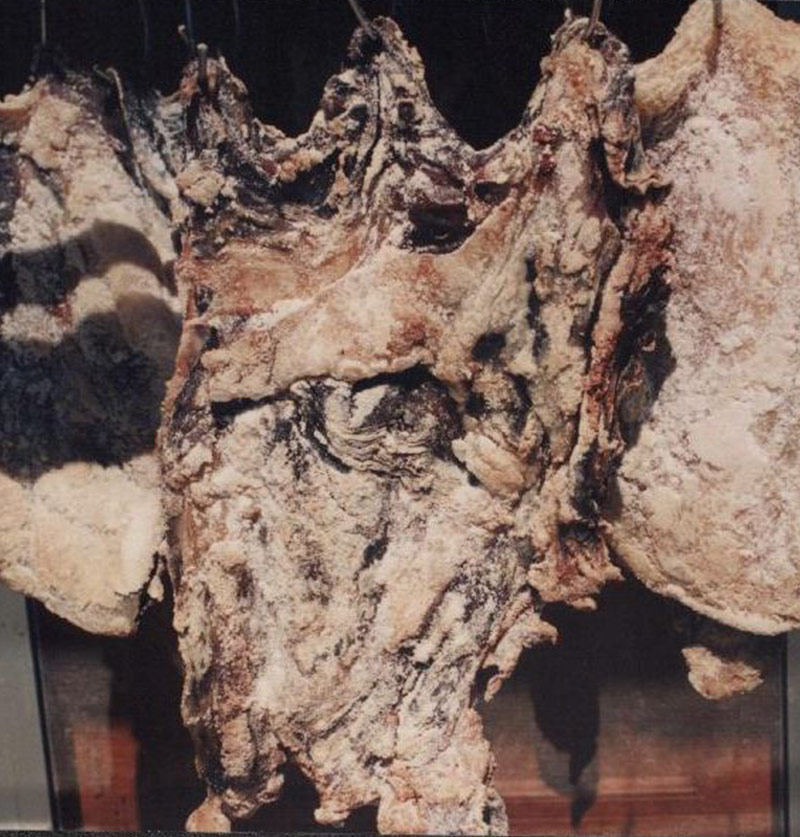
Tsamarella Apohtin
Very salty traditional dishes (mezedes) produced from goat meat. They were widely produced in the villages of Marathasa and in the mountainous villages of Paphos. Nowadays, tsamarella is produced in Pitsilia as well. Apohtin is produced in the same way. The only difference is that for the production of apohtin the bones of the animal are also used, while for the production of tsamarella bones are removed. Tsamarella holds the title “Presidium” from the Slow Food Organization. Tsamarella and apohtin are ideal to accompany zivania.
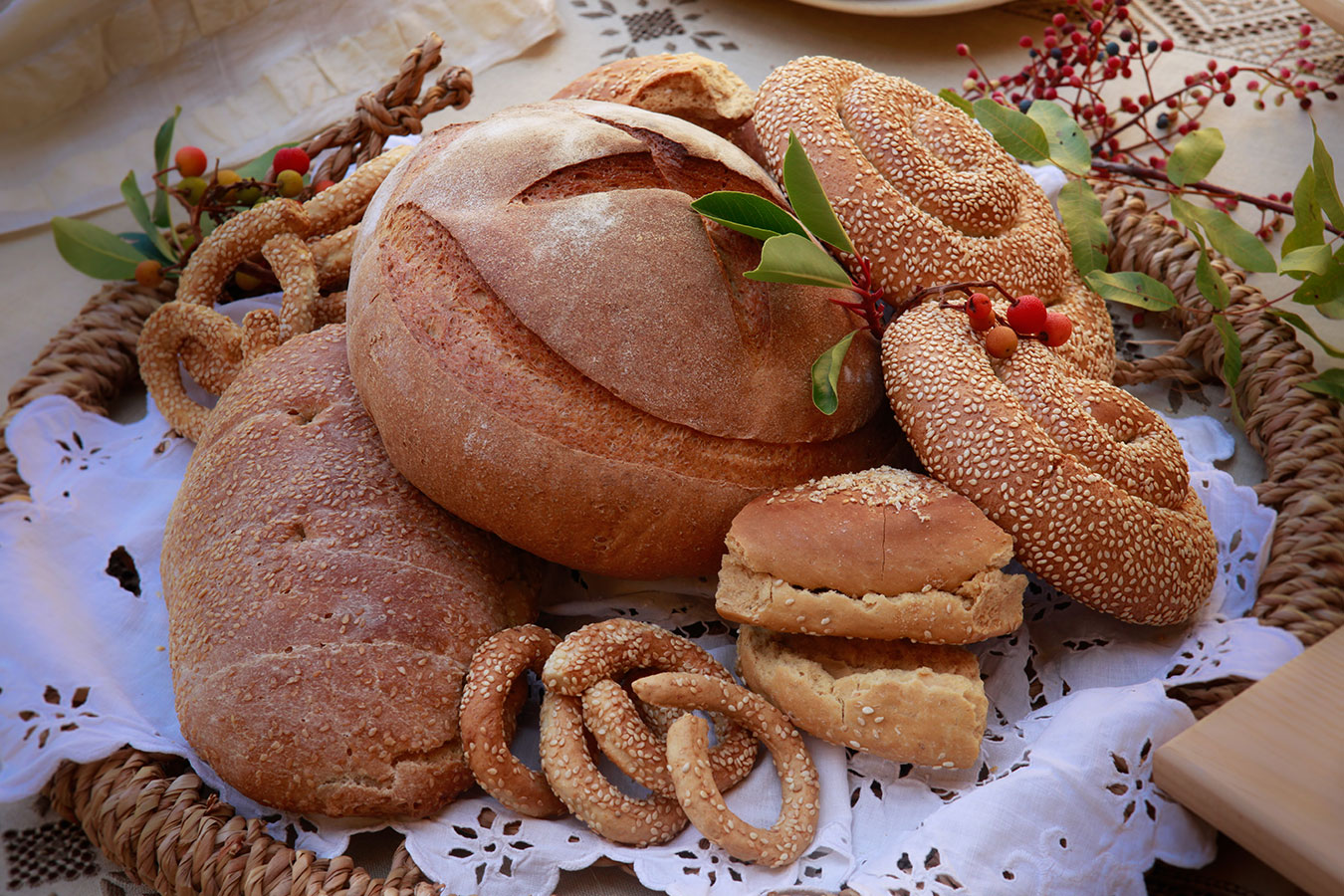
Arkatena
A type of koulouri (circular bread) made with leaven, using the foam that is produced after the chickpea fermentation. It is consumed in their soft form, as bread, or as paximadi. Arkatena are mainly produced in Omodos and Koilani.
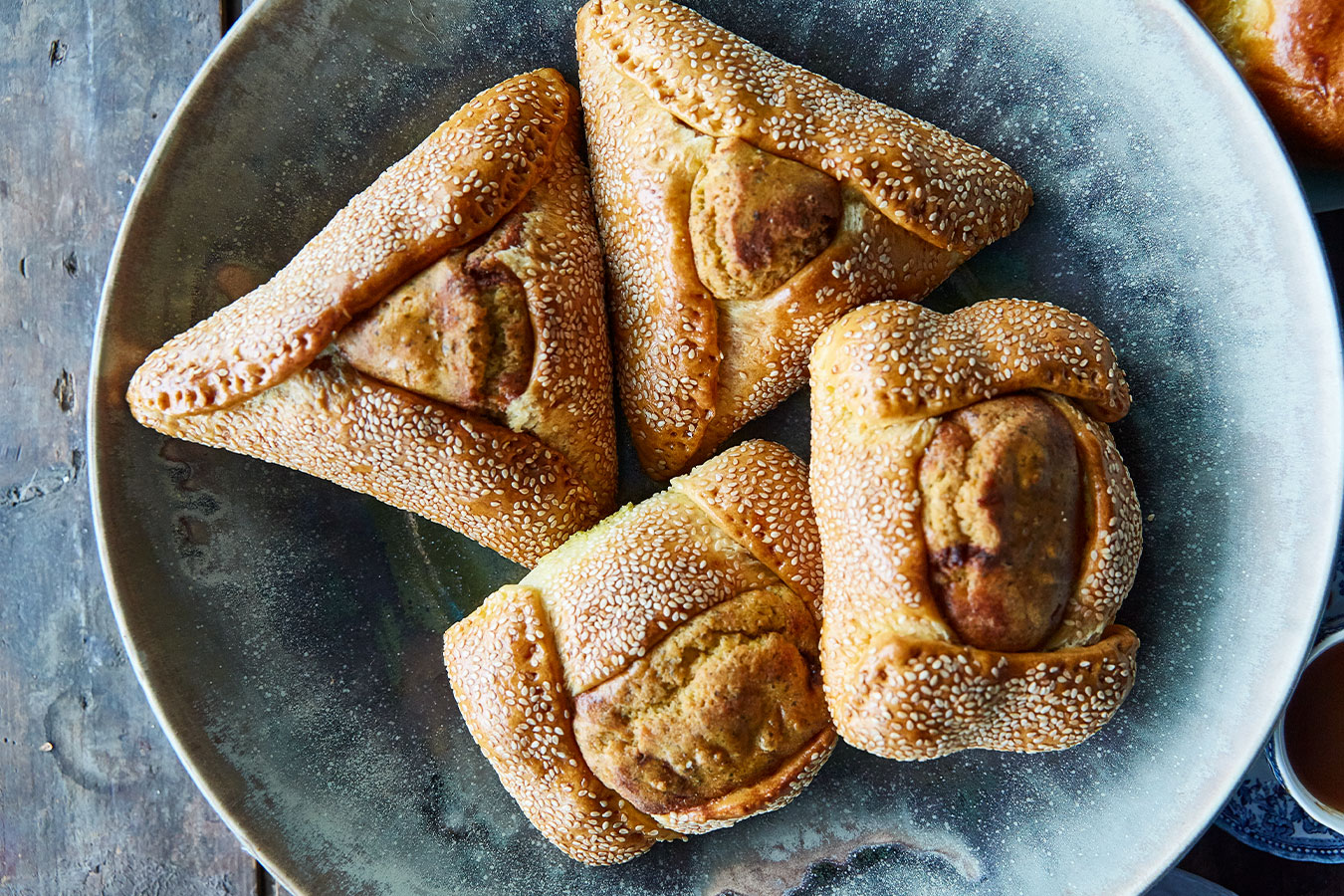
Flaouna
Associated with various Easter customs, offered as a treat. It is consumed hot, cold, or as paximadi (a type of dehydrated bread) and accompanies various beverages.
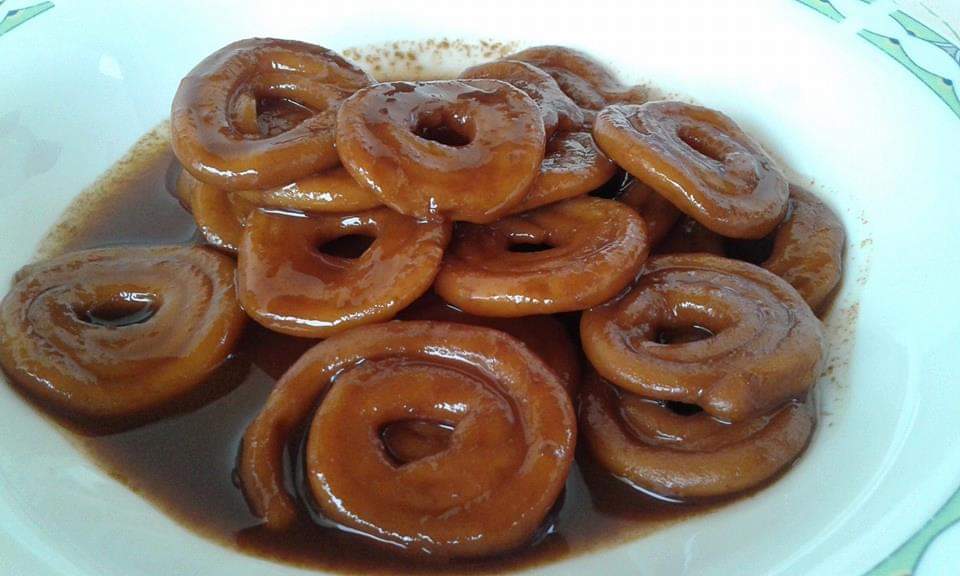
Tertziellouthkia
Bakery products made from dough. They are cooked and then served in diluted carob honey or epsima. Traditionally, tertziellouthkia were consumed during the fasting period.
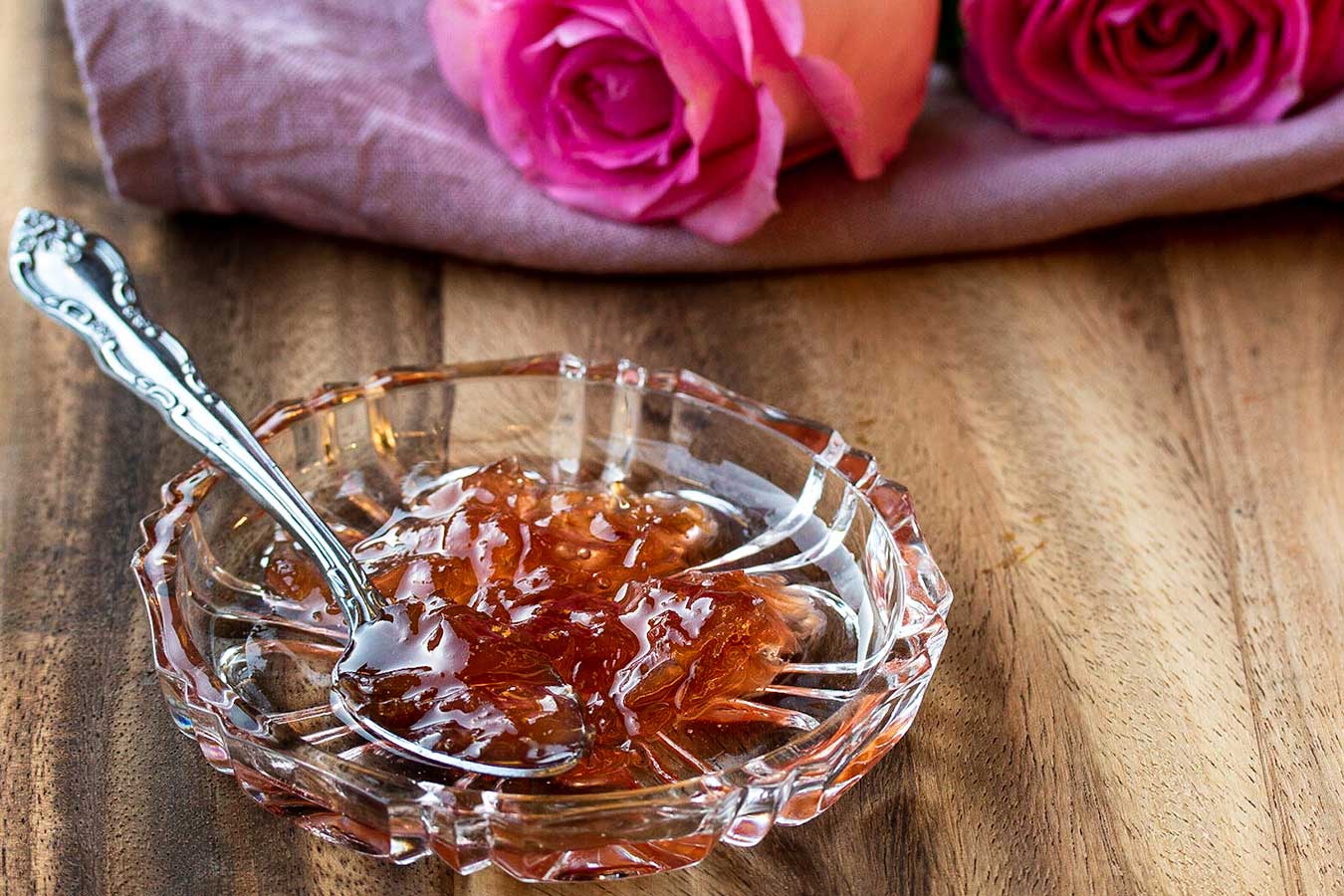
Agros Rose Spoon Sweets
A traditional spoon sweet produced in Agros in the area of Pitsilia. The main ingredient is the petals of Rosa damascena. The rose spoon sweet was traditionally produced from the housewives of the area for self-consumption. Since 1985 it is produced on a commercial scale. It is consumed as a spoon sweet or/and as an accompaniment to other sweets like muhallebi. Since 2016, it is registered as a product of Protected Geographical Indication (PGI) in the European Union Register.

Agros Rose Water
The distillate of the flower “Rosa Damascena”. Rose water production has been taking place since the old days in the mountain villages of Troodos, especially in Milikouri and Agros. It is used as syrup for sweets and mainly in pastry making.
Almond Sweet
The traditional sweet of the Kouris – Xilourikos region. It is made from almonds, the main ingredient, and sugar. Every year, in Limnatis, a feast dedicated to the blooming of almond trees takes place, during which the making of the sweet is presented.
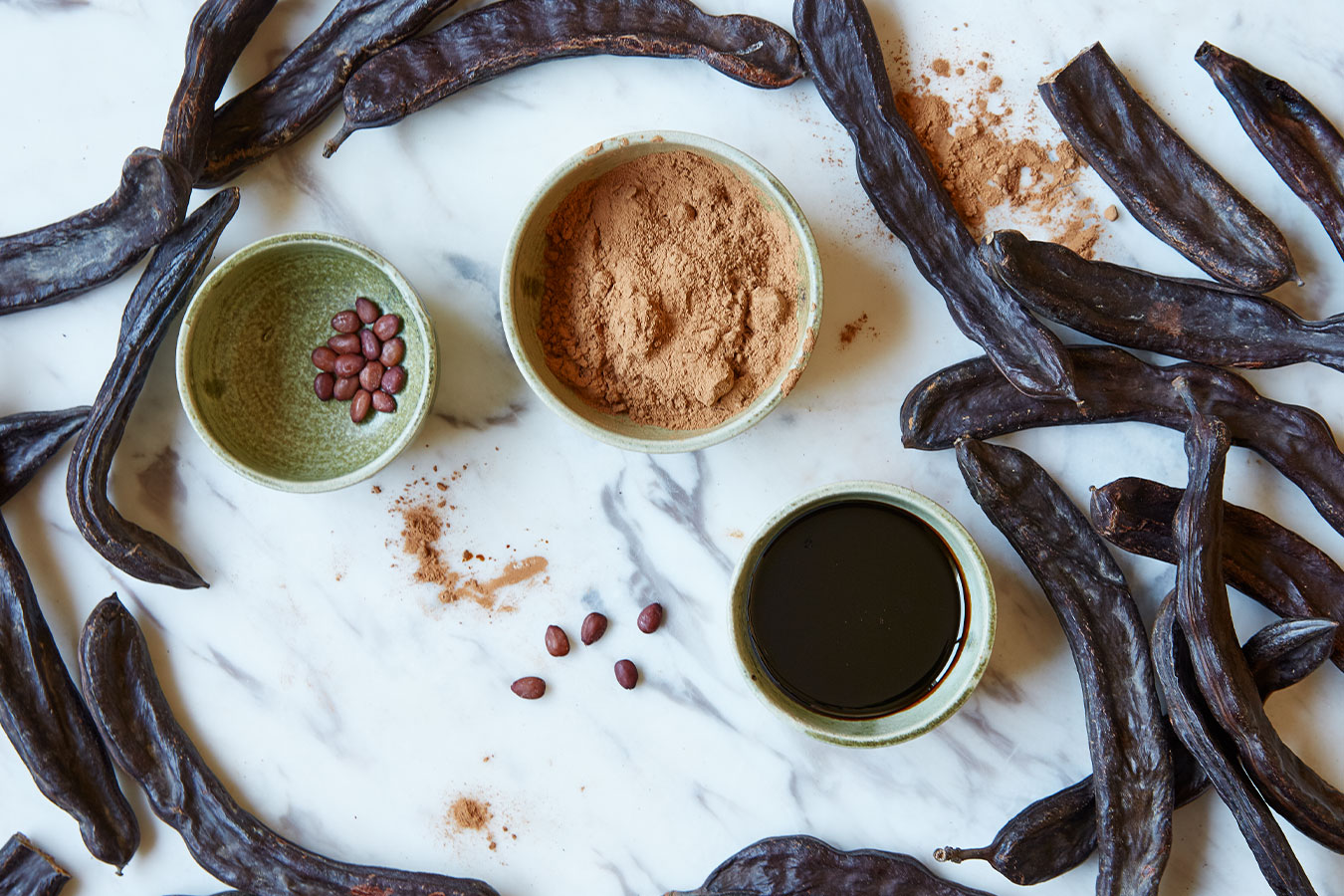
Carob Honey
The honey being produced from carobs which are considered to be the “black gold” of Cyprus. It is used in the making of pasteli Anogyras (a sweet made of sesame and honey), as well as other traditional sweets like tertziellouthkia.
Koufeta Amygdalou Geroskipou
Roasted sugar-coated almonds that are consumed as a sweet. It is registered as a product of Protected Geographical Indication (PGI) in the European Union Register. The production of Koufeta Amygdalou Geroskipou was initiated in 1895 in the community of Geroskipou by Sofocles Athanasiou.

Loukoumi Geroskipou
Traditional confectionery products made from sugar and which used to be offered as a treat in the traditional kafeneia and Cypriot houses. “Loukoumi Geroskipou” is the first Cypriot product to be registered as of Protected Geographical Indication (PGI) in the European Union Registry. Its production was initiated by Sofocles Athanasiou in the 19th century. The initial recipe of Loukoumi Geroskipou and the local know–how have been passed down from generation to generation and are being adopted up until today in the same geographical area. Loukoumia are also produced in Lefkara and Foini, and each of those has their own history as their production began many years ago.
Maxiles Lysou
A type of fig which is produced in the village of Lysos and was named after the Latin name “macilentus’’ which means lean. In the past, maxiles used to be the winter sweet of Lysos residents. It is served with walnuts.
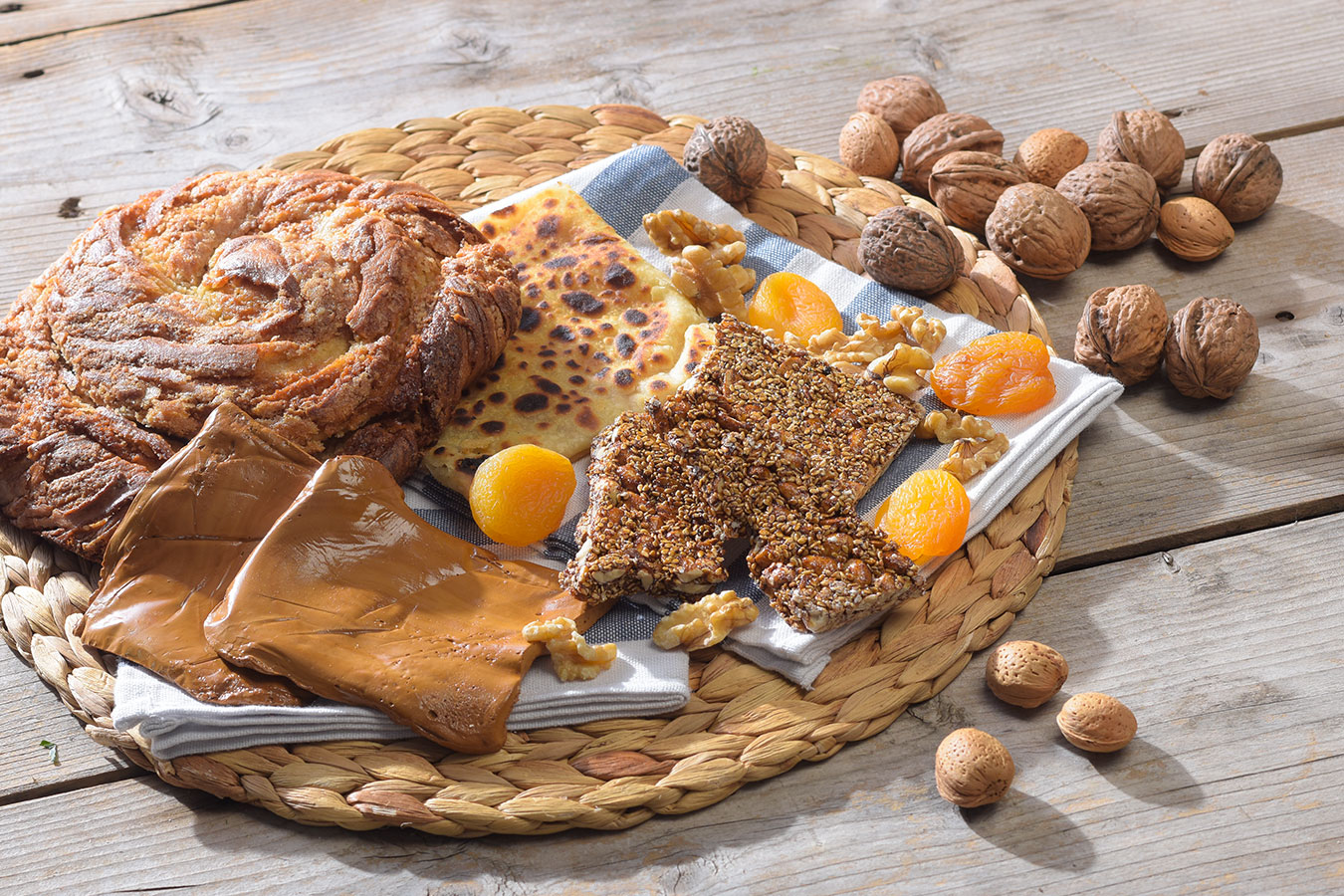
Pastelli Anogyras
A traditional sweet of Anogyra village. Its production, according to historical references, seems to date back to the era of the Frankish rule. Its main ingredient is carob honey. Every September, in Anogyra, the festival of pasteli is organized, during which the traditional way of its production is presented.
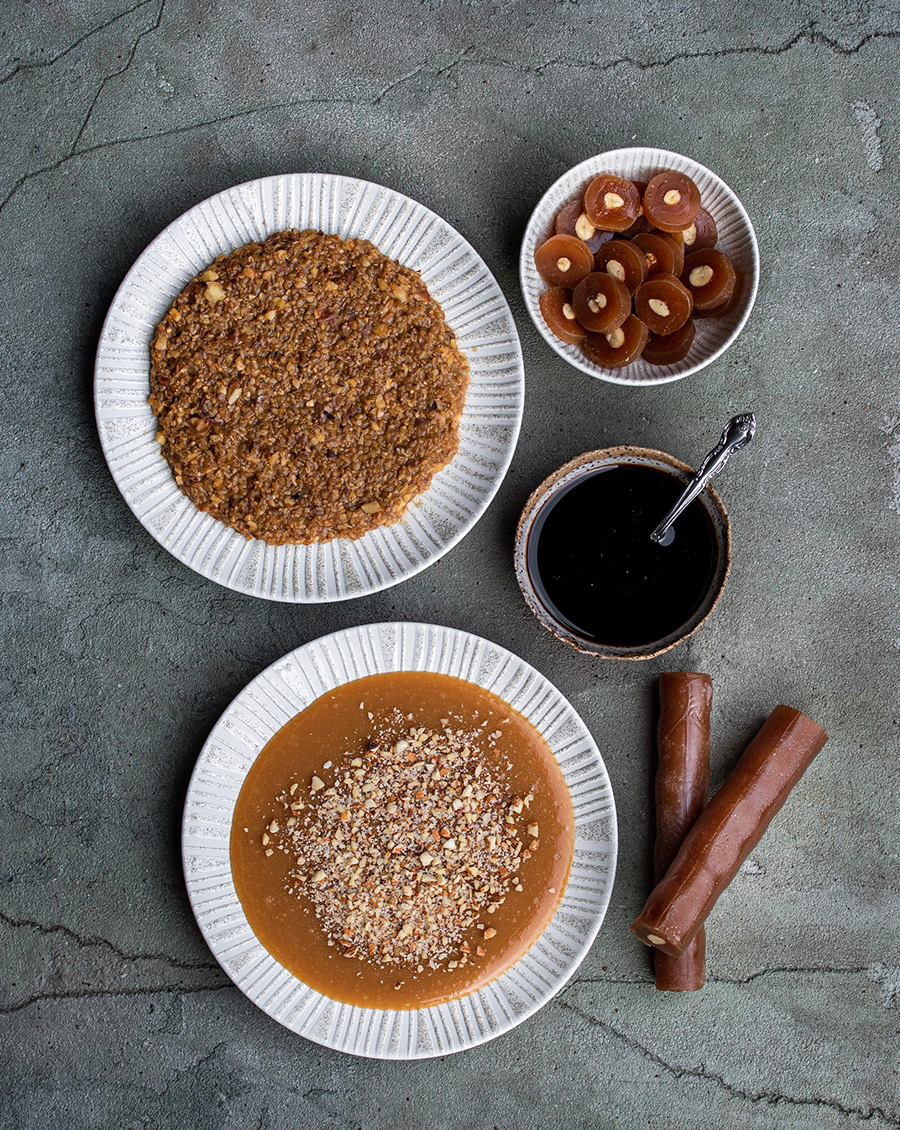
Sioutzioukkos Ppalouzes Kkiofterka Epsima Portos
Traditional sweets which are made from grape juice, mainly in the villages of Troodos. Their production dates back to the end of the 19th century, when grapes started being widely cultivated in the villages of mountainous and semi-mountainous areas (especially in Pitsilia and Marathasa). Sioutzioukkos and kkiofterka are ideal accompaniments for alcohol, especially zivania. Ppalouzes is consumed hot, cold, or as a dessert. Epsima is used in many sweets replacing sugar. Portos is a type of marmalade.
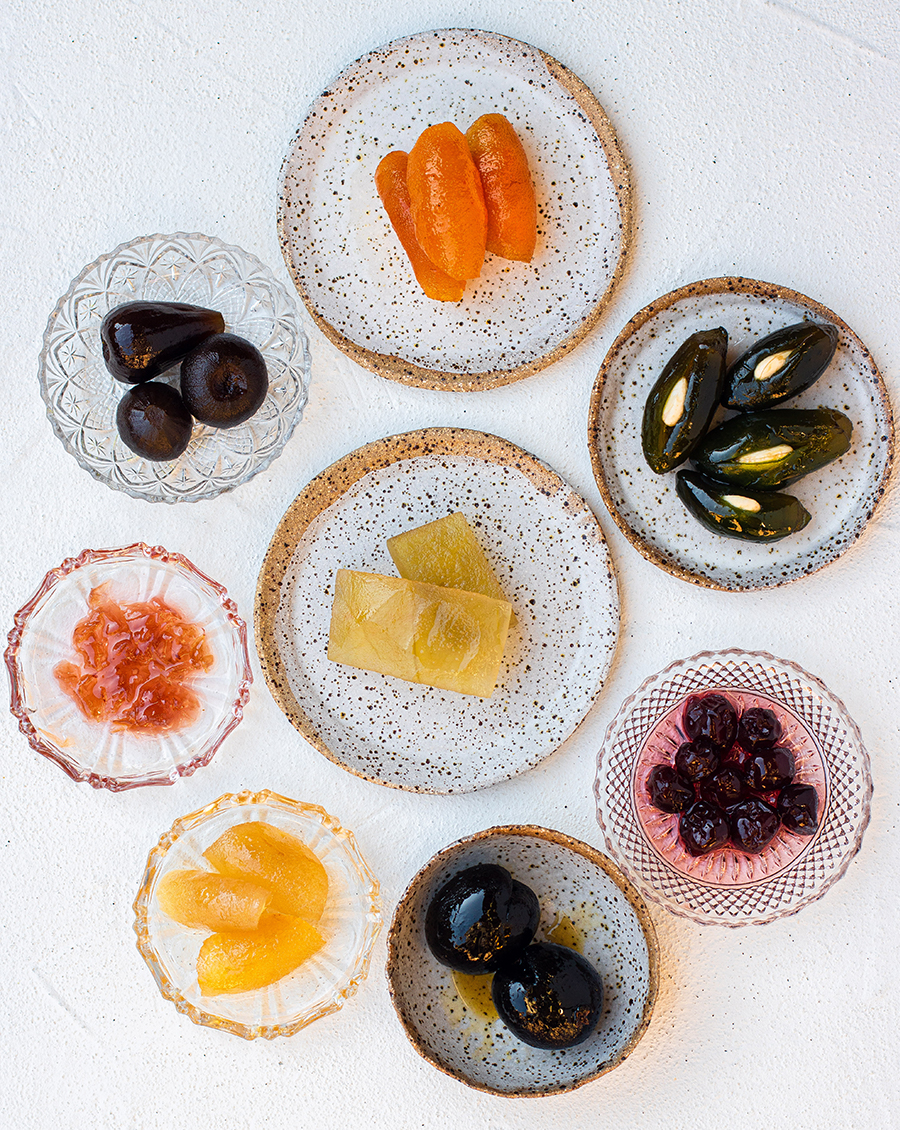
Spoon Sweets
Served with a glass of cold water, they used to be the most common treat served in the Cypriot houses during the last century. Spoon sweets may be fruits or vegetables cooked and kept in syrup. An important detail is that the manufacturers of the spoon sweets must be highly skilled in order for the sweet to obtain the desired features. Spoon sweets like watermelon, cherry, grape, fig, eggplant, and quince accompany coffee or are served as a dessert after any meal.
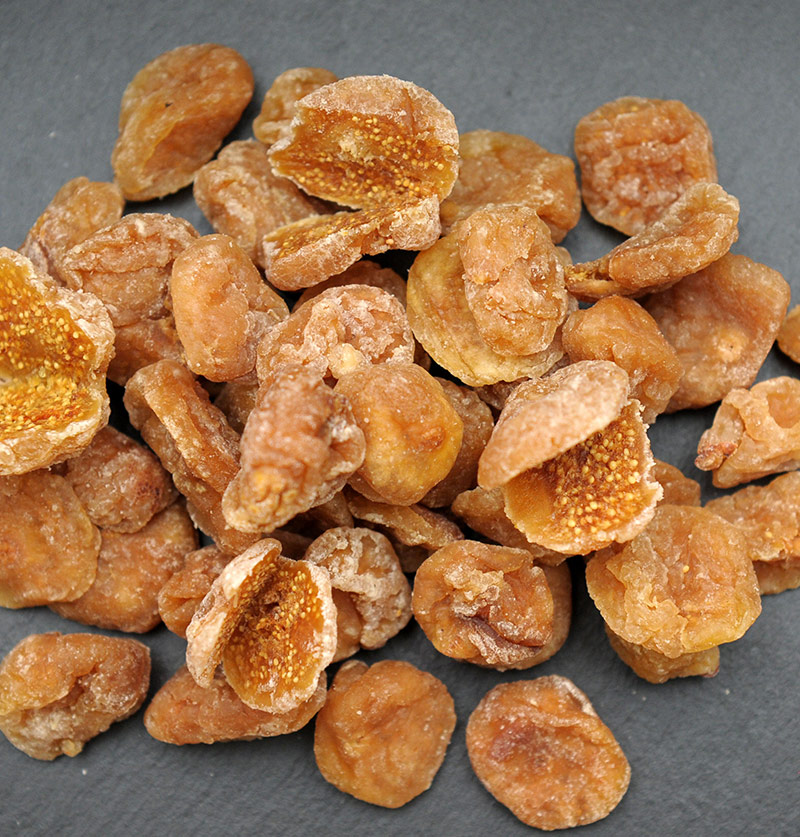
Tillyria Figs
Sun-dried figs, small, white and soft, with sweet taste. They are made from July to September.
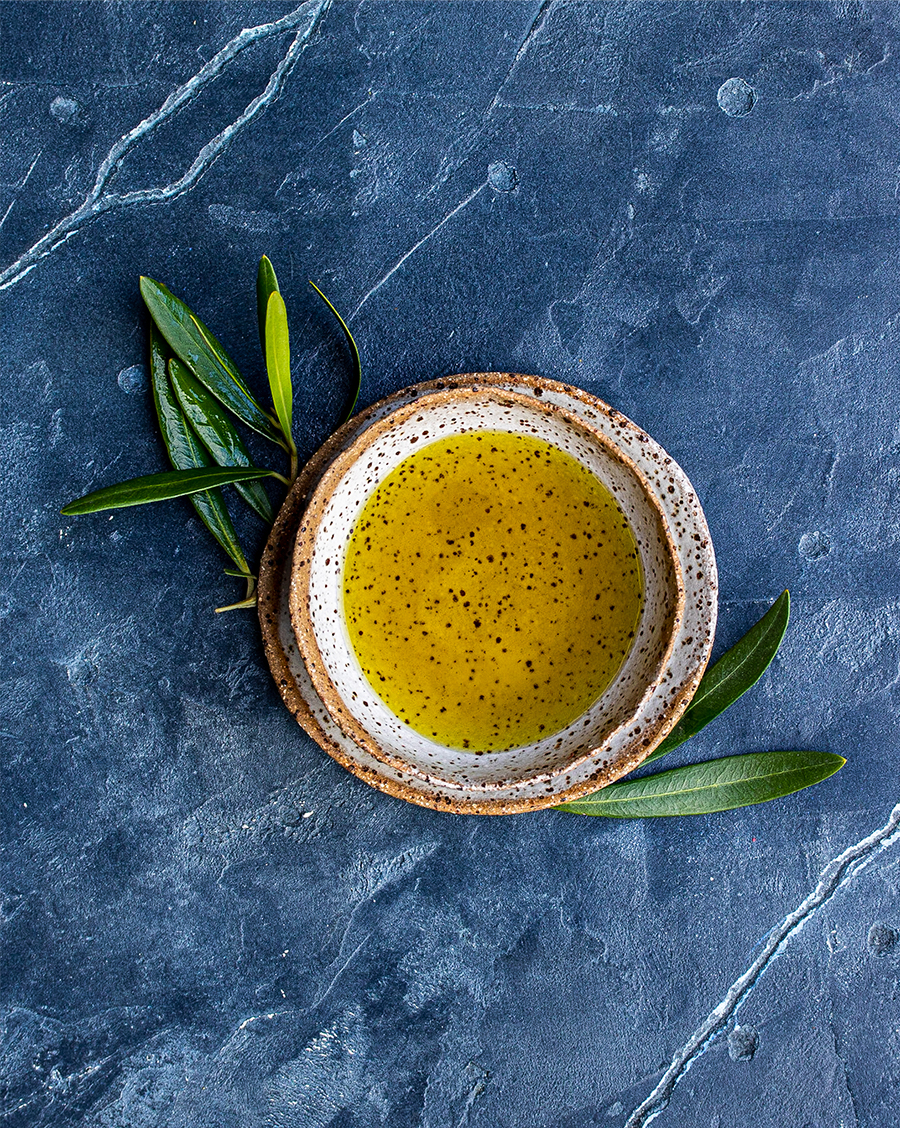
Cyprus Extra Virgin Olive Oil
Produced from the processing of the fruits of the local variety. The cultivation of olive oil dates back to the Bronze Age. The world “elia’’ (olive), appears as a place name in many areas among Cyprus, which is an evidence of its importance. The Cyprus extra virgin olive oil is used in appetizers, salads, bread, frying etc.
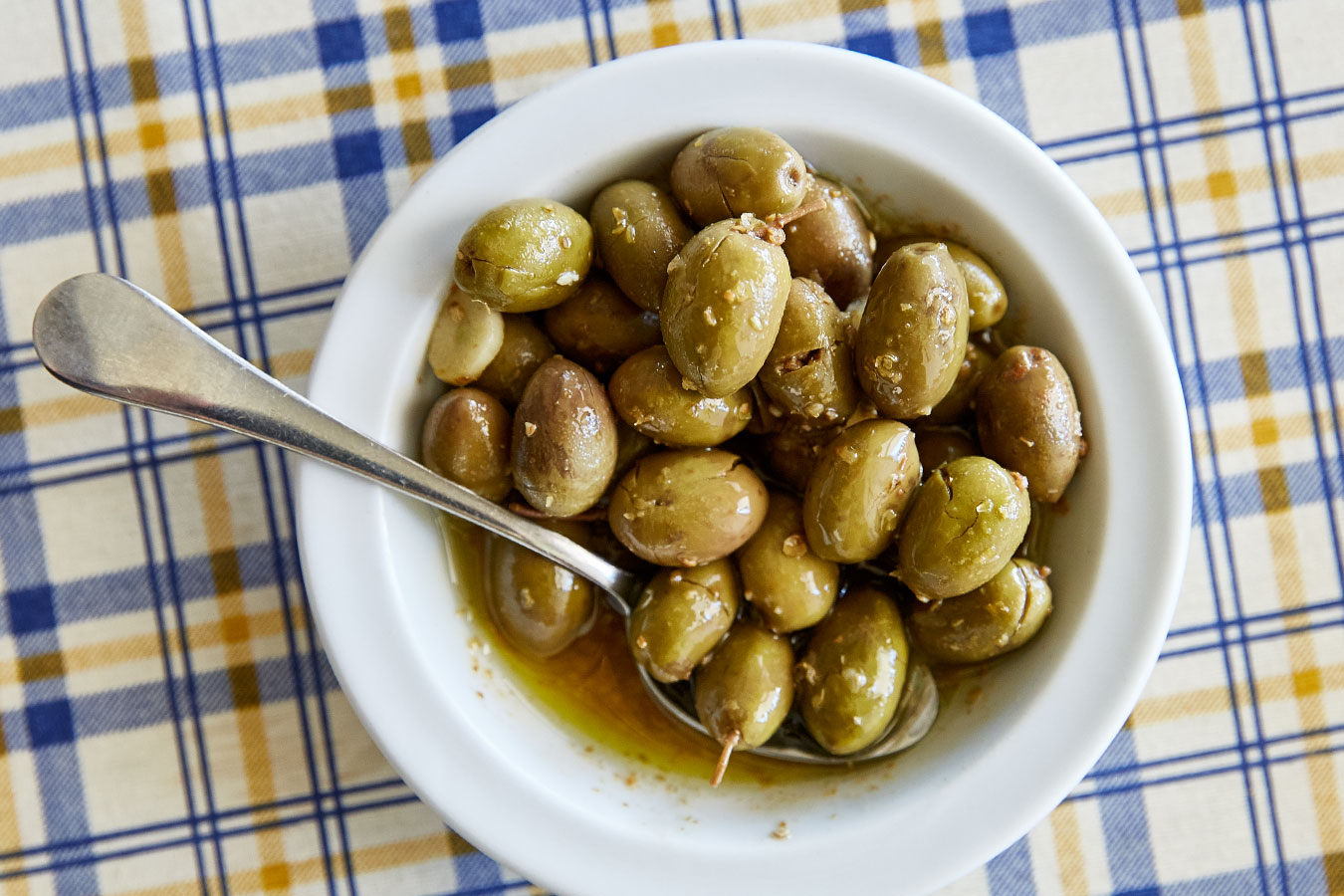
Cyprus Table Olive
Kypriaki Epitrapezia Elia – Cyprus Table Olive produced from the processing of the fruits of the local variety which is cultivated throughout the island. The most famous variety is the local Cypriot. It constitutes part of the daily diet of Cypriots since ancient years. Black olives are common in all meals, accompany legumes and salads and are used in baking. The green and sour ones are mainly served as mezedes.
Anathrika Mushrooms (Pleurotous eryngii var ferulae lanzil)
Among the most wanted and popular varieties of mushrooms in Cyprus. As their name implies, they can be found in areas where there are anathrikes (ferula communis), at the routes of which they grow during autumn and spring
Arakapa Mandarin
Tasteful and aromatic medium-sized mandarins. The Arakapa mandarin is known as the Cypriot or local mandarin. It is cultivated mainly in semi-mountainous areas like Arakapas in the province of Limassol, from which it also took its name.
Caper with Vinegar (Koutrouvi)
After the caper is collected, it is put into a pot filled with water and salt and remains there for a week. It is then drained, vinegar and more salt are added, and after a few days the caper is ready for consumption.
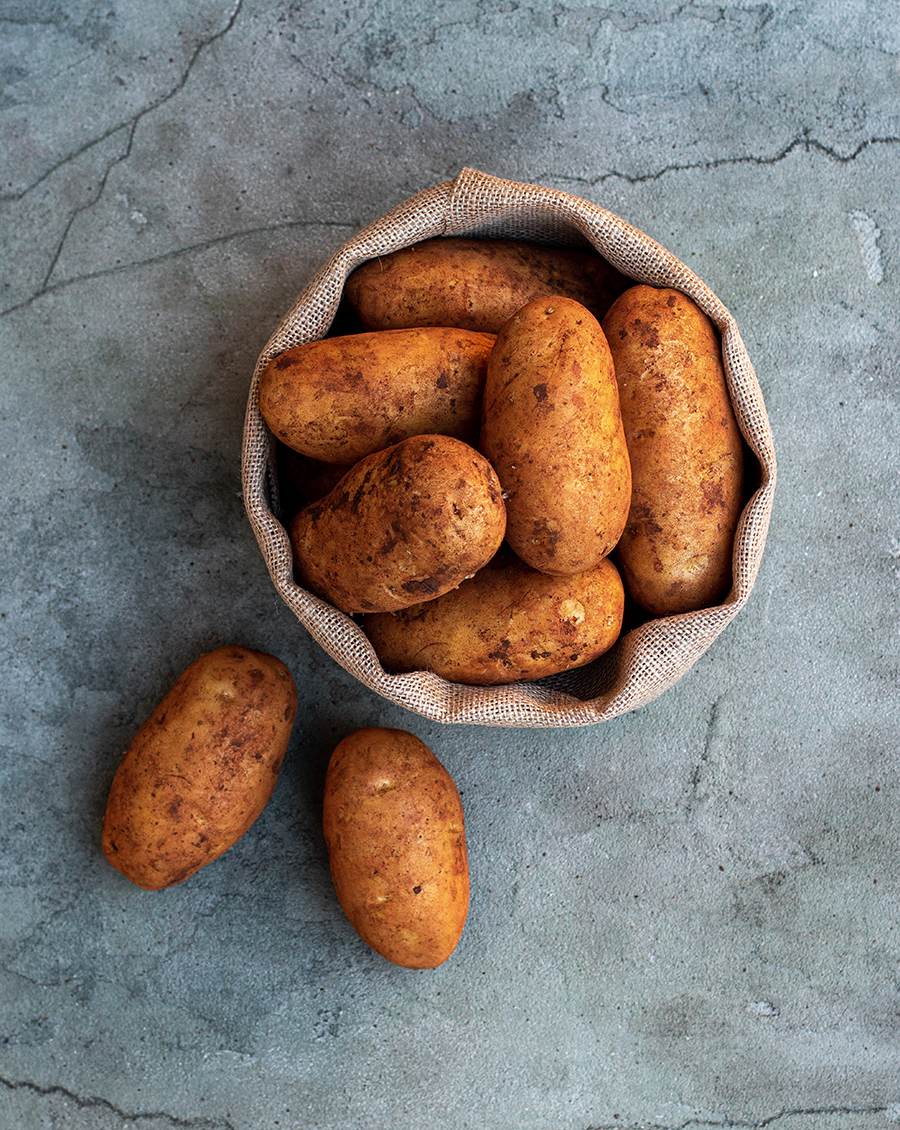
Cyprus Red Soil Potato
Well-known for its excellent taste and its firm texture. It can be easily distinguished from other varieties due to its reddish skin, which is obtained from the fertile soil of the Red Soil Villages where it is cultivated. The Cyprus red soil potato is cultivated in the west area of Nicosia.
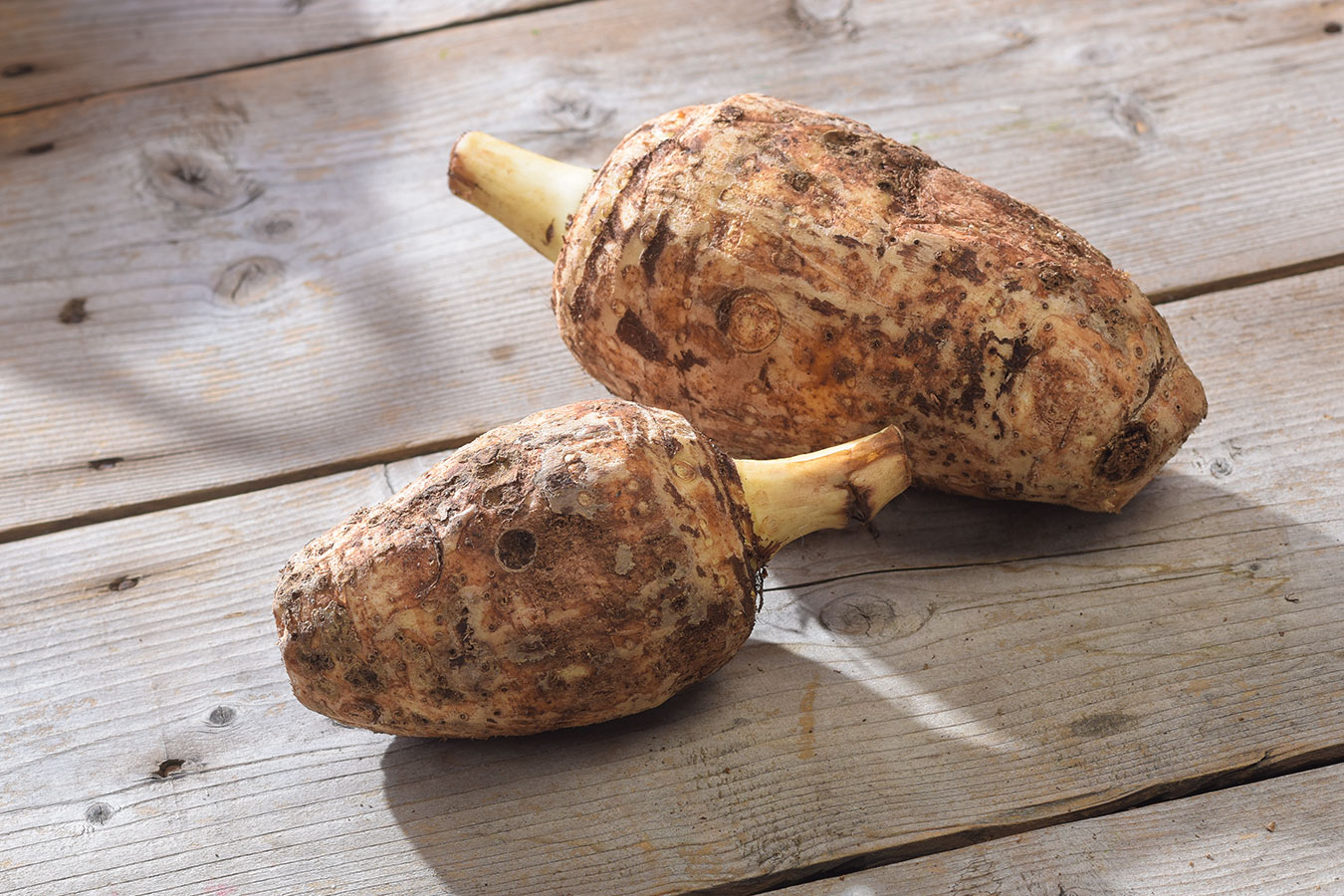
Kolokasi (PDO)
A type of vegetable cultivated in Cyprus and its edible stems are called “mappes” or “poulles”. The cultivation of kolokasi takes place mainly in the provinces of Paphos and Ammochostos. Kolokasi is cooked and consumed in different ways, e.g. fried, yiahni, with or without meat. It can also be consumed as an appetizer when fried like chips. Since August 2016, Kolokasi Sotiras/Kolokasi Poulles Sotiras, holds the EU Protected Designation Origin Product mark.
Mandora
A cross of mandarin and orange in taste and size. It is exclusively cultivated in Cyprus. It is consumed peeled or as juice. It is the most popular variety in Cyprus and comes first in exports.
Red Mushrooms (Lactarius Deliciosus)
A variety of wild mushrooms which grows in areas with pine trees. Its name comes from its orange-red color. Collecting wild mushrooms is an important component of local dietary habits. Up until the last century, part of the Cypriot diet was based on the collection of wild food.
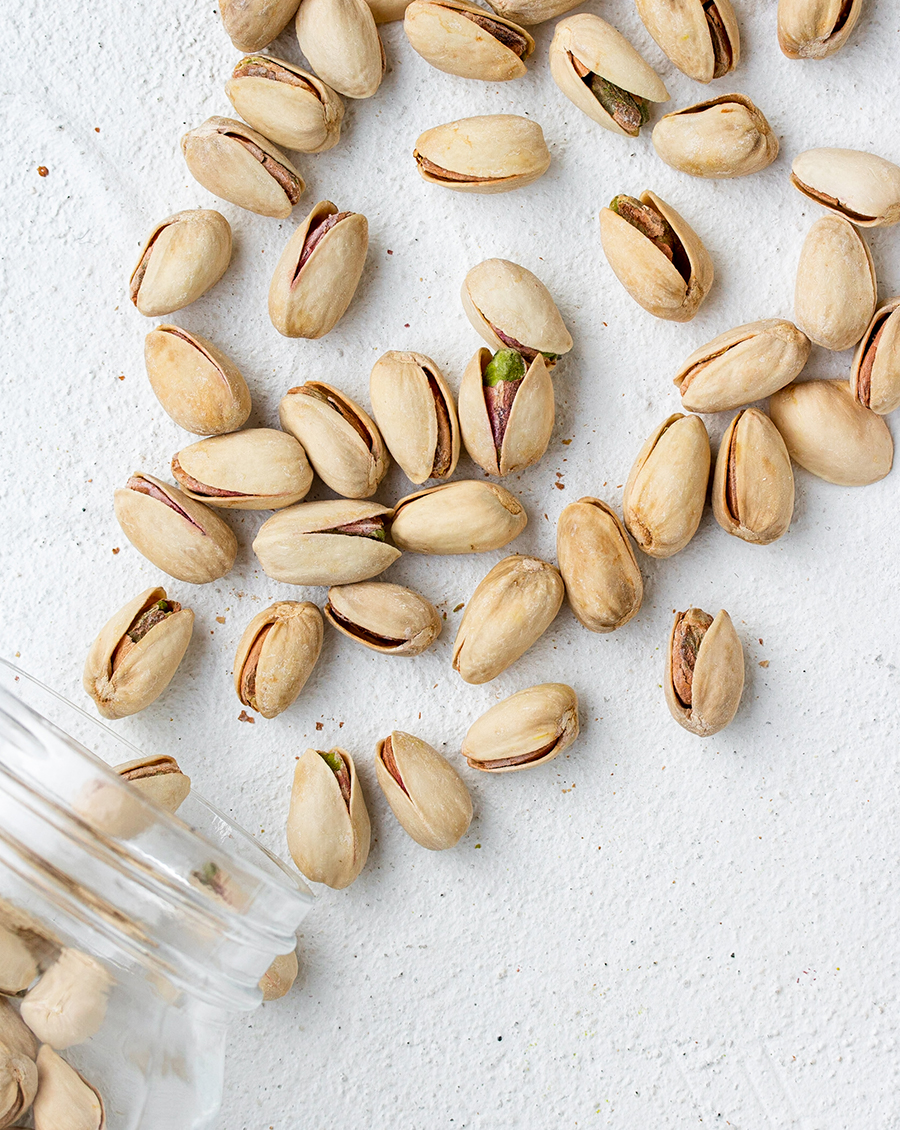
Pafos Peanut
Also known as arapiko fistiki (peanut) or fistikoudi. Paphos peanuts are collected from the plant Arachis hypogaea which is cultivated mainly in the areas of Paphos (Geroskipou, Achelia, Timi, Mandria, Kouklia, Anarita, Nikoklia). Τhe seeds of the plant are consumed as nuts, salted or unsalted, and are also used in pastry making.
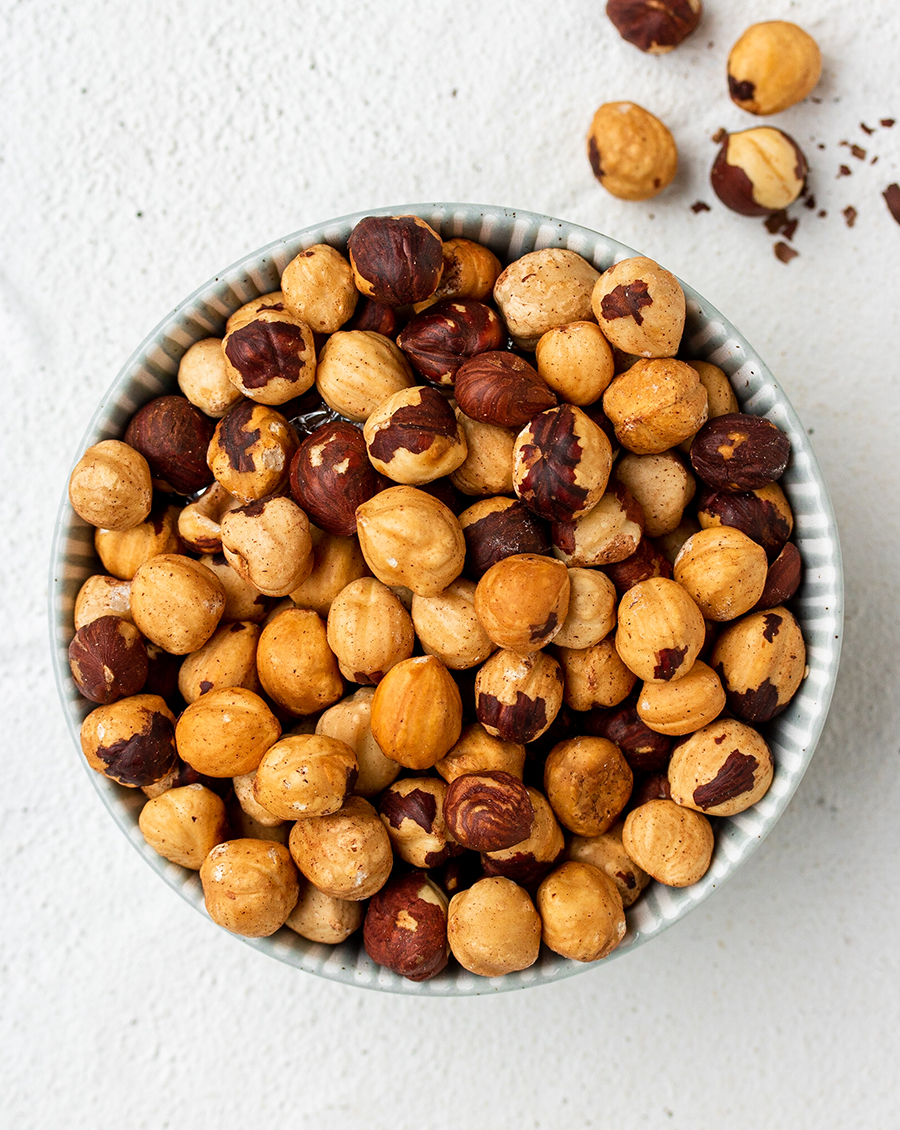
Pitsilia Hazelnuts
Edible nuts derived from two varieties: ntopia (local) or makroula (Corylus maxima) and peiratika (Corylus avellana). They are widely found in the area of Pitsilia and especially at the northern slopes of Troodos, from Madari to Papoutsa. During the first half of August, many festivals and events for the promotion of hazelnuts are being organized in the communities of Pitsilia.
